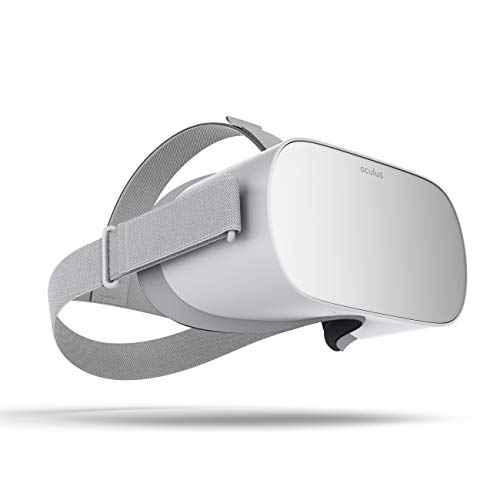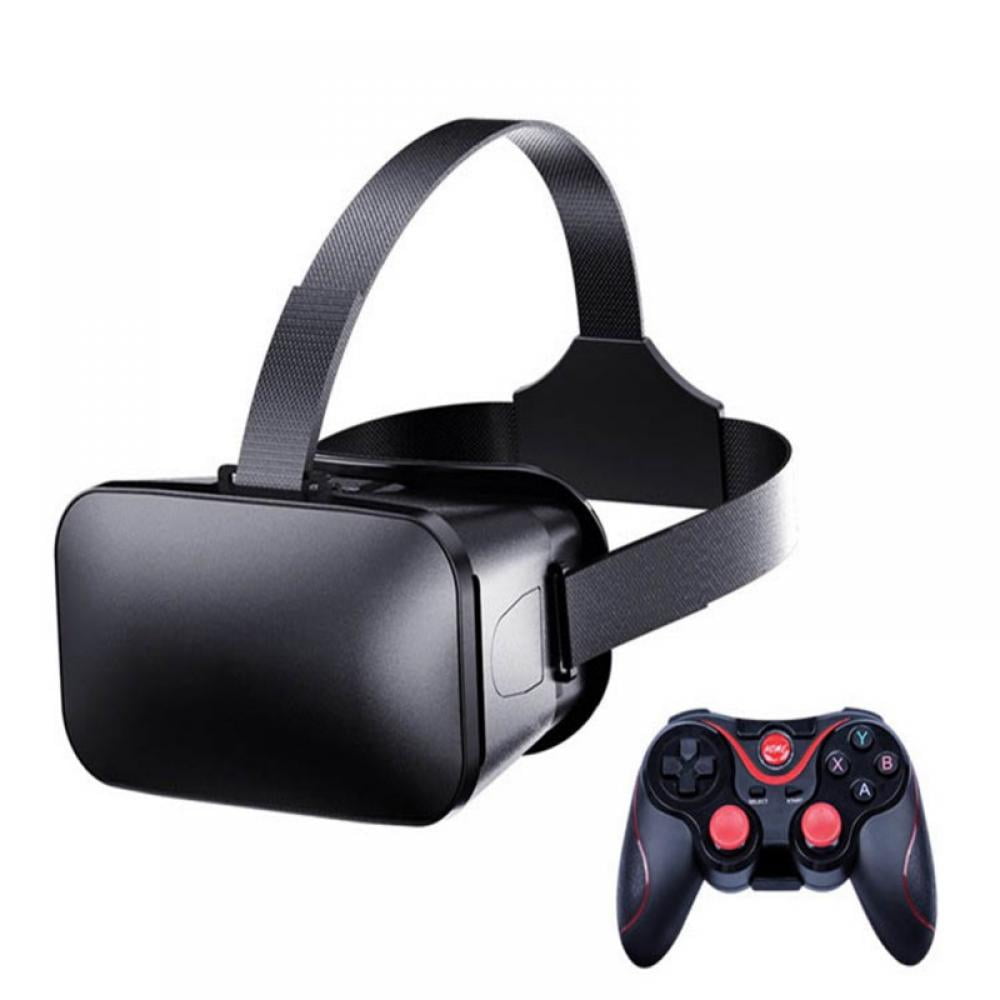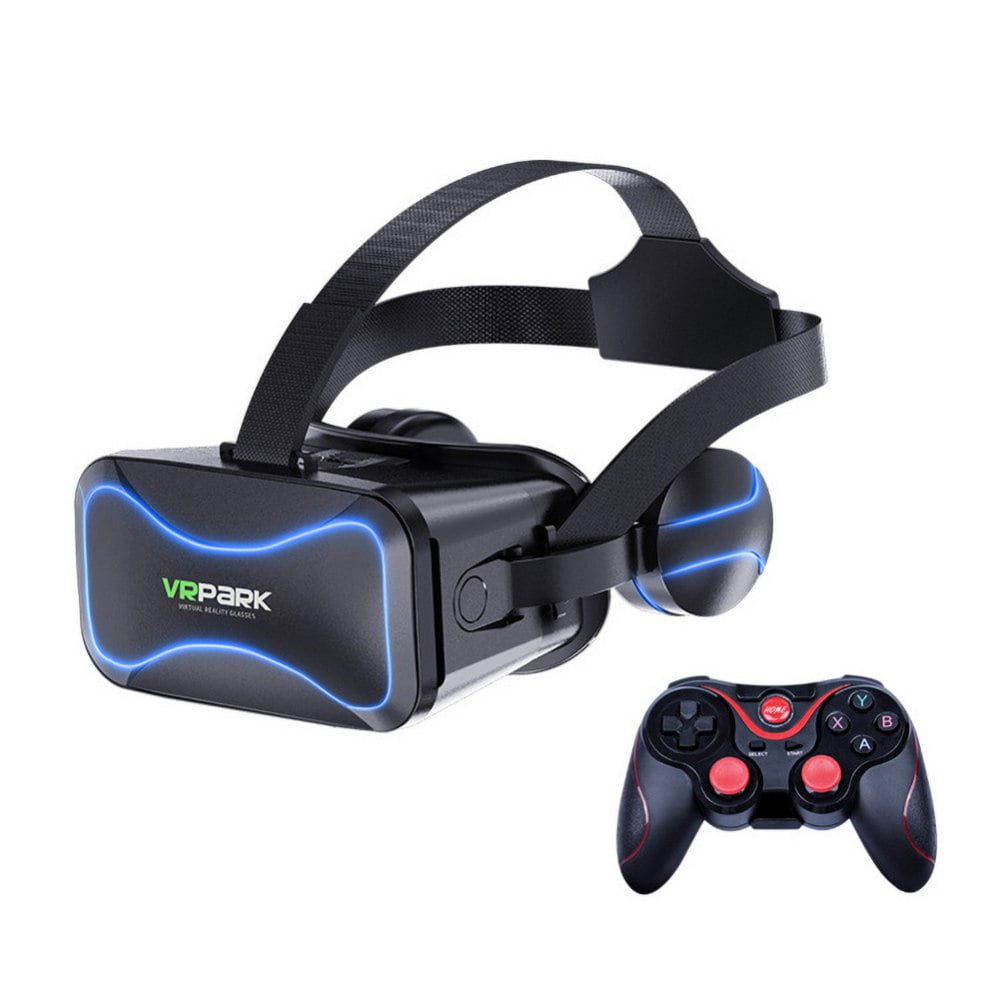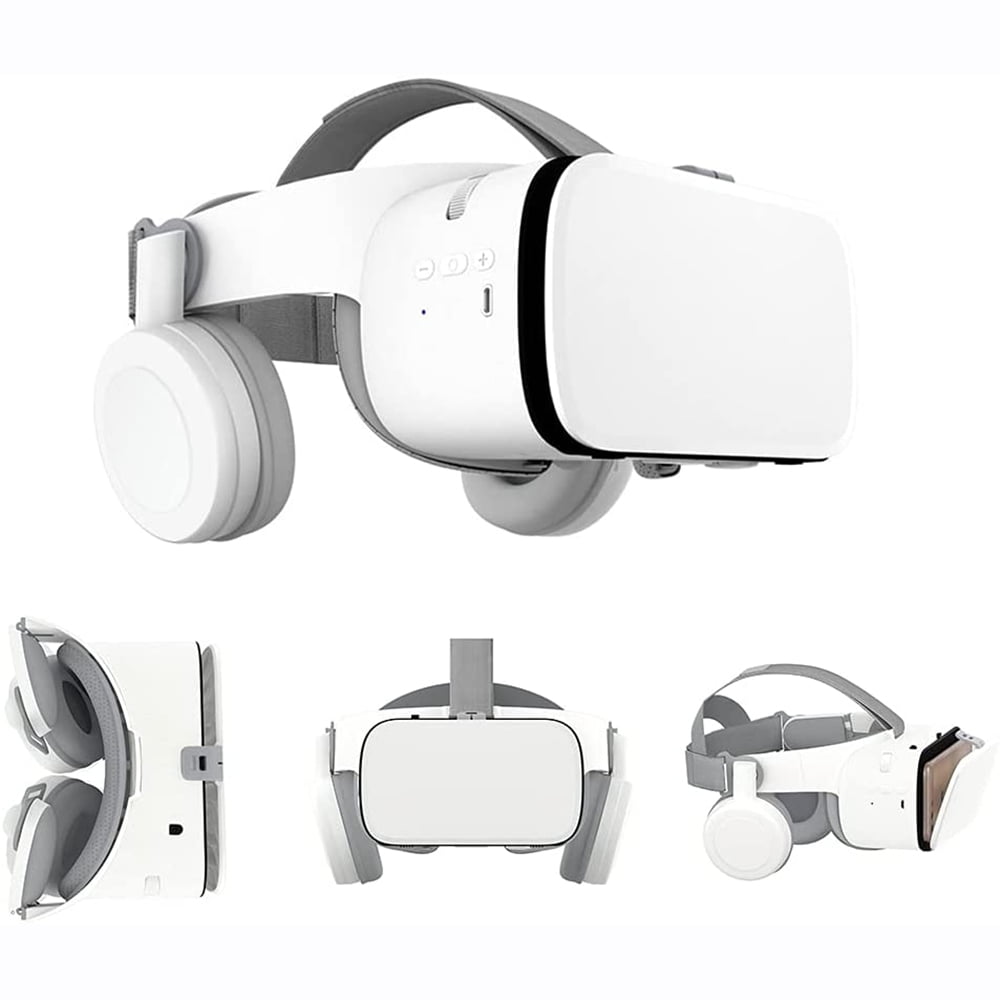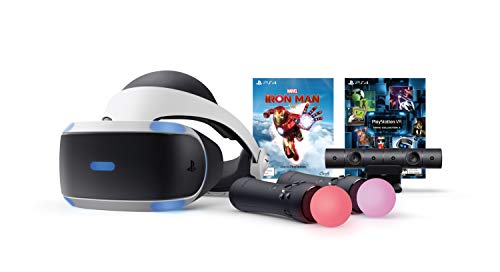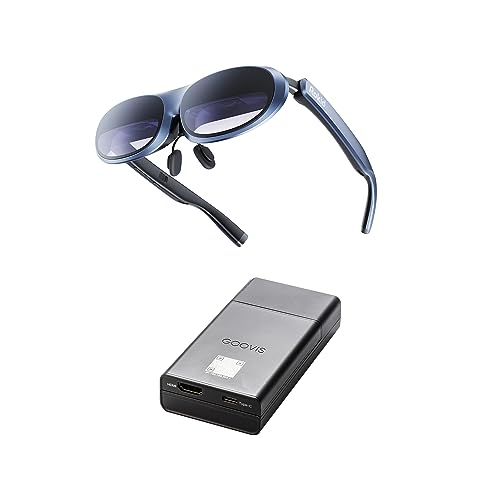Augmented Reality vs Virtual Reality: Exploring the Future of Immersive Technologies
In the realm of immersive technologies, augmented reality (AR) and virtual reality (VR) stand out as two pillars revolutionizing how we interact with digital environments. While VR transports users to entirely fictional realities by replacing the real world, AR blurs the lines between the digital and physical worlds, overlaying virtual objects onto our real-world surroundings. This distinction creates unique pathways for how these technologies can be applied, from gaming to education, offering a glimpse into a future where our digital and physical realities are increasingly intertwined.
VR requires a headset device to immerse users into a virtual world, offering interactive experiences that range from exploring distant planets to simulating real-life scenarios for training purposes. On the other hand, AR technology, exemplified by products such as the Microsoft HoloLens, integrates digital information with the physical environment, allowing for a less isolative and more interactive experience. This technology enables users to see the real world augmented with digital information, thereby expanding the scope of interactive experiences into everyday life.
The convergence of AR and VR technologies promises to redefine our perception of reality. Mixed reality (MR) emerges as a blend of AR and VR, harnessing the strengths of both to create immersive experiences that seamlessly merge the real with the virtual. As we explore the capabilities and applications of these technologies, it's clear that the future of immersive technologies is not just about escaping reality but enhancing and redefining it in ways we are just beginning to understand.
Unveiling the Essence of Augmented Reality and Virtual Reality
At their core, augmented reality and virtual reality both aim to redefine our sensory experiences, yet they do so in fundamentally different ways. VR immerses users in a completely virtual world, a digital realm that offers a break from reality, creating immersive and interactive experiences that can simulate both realistic and fantastical environments. This complete immersion allows users to feel as though they are truly part of another world, offering an escape into a fictional reality crafted by technology.
AR, in contrast, enhances the real world by overlaying digital information and virtual objects onto our physical surroundings. This blend of the digital and physical worlds enriches user experiences by adding layers of interactive content to real-world settings. Unlike VR, which requires a headset to replace the real world with a virtual one, AR can be experienced with more accessible devices like smartphones and AR glasses, making it more integrated into our daily lives. This technology not only opens up new avenues for interactive experiences but also offers practical applications that can aid in education, navigation, and more.
Sony PSVR Virtual Reality Headset for PS4
Experience Gaming Like Never Before with Sony PSVR Virtual Reality Headset for PS4
Product information
$99.99
Product Review Score
4.5 out of 5 stars
149 reviews
Product links
Sony PSVR Virtual Reality Headset for PS4
Experience Gaming Like Never Before with Sony PSVR Virtual Reality Headset for PS4
Product information
$99.99
Product Review Score
4.5 out of 5 stars
149 reviewsProduct links
Defining Virtual Reality: A Dive into Complete Immersion
Virtual reality stands as a beacon of complete digital immersion, inviting users to step into a virtual world that is distinct from their physical surroundings. By donning a VR headset, individuals are transported to entirely new realms, from serene landscapes to action-packed environments. This technology creates interactive experiences by simulating senses such as sight, sound, and sometimes even touch, making the virtual world feel as real as possible. The essence of VR lies in its ability to create a sense of presence in a fictional reality, offering users an escape to explore, learn, or simply unwind.
The immersive nature of VR is not just about entertainment; it also holds significant potential for educational and training applications. By simulating realistic scenarios, VR users can practice skills and experiences in a safe and controlled environment. Whether it's a medical student performing surgery or a pilot navigating a flight simulator, VR offers a unique platform for immersive learning and skill development.
Understanding Augmented Reality: The Blend of Digital and Physical Worlds
Augmented reality stands out by bringing a layer of digital enhancement to our perception of the real world. Unlike VR, which creates a completely separate virtual world, AR overlays virtual objects onto the physical world, merging digital information with our real-world surroundings. This technology leverages devices we use every day, such as smartphones and AR glasses, to superimpose digital images, information, or animations onto our natural environment, enriching our interactions with the world around us.
The applications of AR are vast and varied, transforming how we access information and interact with our surroundings. From educational tools that bring historical figures to life in the classroom to navigation apps that overlay directions onto the real world, AR enhances our daily experiences by integrating digital information seamlessly into our physical reality. This blend of the digital and physical worlds not only offers new interactive experiences but also provides practical solutions to complex problems, making AR a powerful tool in both personal and professional settings.
Rokid Max AR Glasses - Smart Augmented Reality Headset
Experience a new dimension of reality with the Rokid Max AR Glasses Smart Augmented Reality Headset
Product information
$478.00
Product Review Score
4.77 out of 5 stars
228 reviewsProduct links
Mixed Reality: The Best of Both AR and VR
Mixed reality (MR) represents the fusion of AR and VR technologies, creating experiences that blend the digital and physical worlds in ways previously unimaginable. By combining the immersive nature of VR with the interactive capabilities of AR, MR allows users to see and interact with virtual objects placed in their physical space as if they were truly part of their environment. This integration offers a more cohesive and interactive experience, bridging the gap between the fully digital world of VR and the enhanced real-world setting of AR.
The potential applications of mixed reality are vast, extending from immersive gaming experiences that bring virtual characters into our living rooms to complex industrial design and training scenarios where virtual prototypes can be manipulated in real space. MR not only enhances the way we play and work but also opens up new possibilities for innovation across various fields, including healthcare, education, and manufacturing, promising a future where the boundaries between the digital and physical worlds are increasingly blurred.
Meta Quest Series: A Leader in Virtual Reality
The Meta Quest series has firmly established itself as a frontrunner in the virtual reality landscape. With its standalone design, the Quest series removes the need for external computing devices, providing a seamless and immersive VR experience. The latest findings show that its built-in screen and gaming controllers have significantly enhanced user engagement by offering a wide range of interactive and entertaining VR content.
In our research, the Meta Quest series' ability to deliver high-quality virtual realities has made it a favorite among VR enthusiasts. The headset's comprehensive library, from adventure games to educational experiences, demonstrates virtual reality's potential to transcend traditional gaming and learning methods. As VR continues to evolve, the Quest series remains at the forefront, pushing the boundaries of what's possible in virtual environments.
AR Smart Glasses: Pioneering Augmented Experiences
AR smart glasses are redefining the way we interact with the world, blending digital information with our physical surroundings. Unlike the original Google Glass, which was ahead of its time, the latest AR glasses have made significant advancements in design and functionality. They now offer more sophisticated augmented experiences, seamlessly integrating real-time video overlays and digital notifications into our natural field of vision.
These wearable devices have become indispensable tools in industries such as manufacturing and healthcare, where the ability to access vital information without disrupting workflow is crucial. By projecting schematics or patient data directly onto their lenses, AR smart glasses enhance productivity and precision. They exemplify how augmented reality can be accessed through innovative wearable technology, making AR more accessible and practical for professional and personal use.
The Impact of AR and VR on Business and Consumer Worlds
Augmented Reality (AR) and Virtual Reality (VR) technologies are revolutionizing both business and consumer landscapes. In the business realm, AR has transformed traditional practices, especially in manufacturing industries, by providing on-site advancements and digitalization through AR technology. This has streamlined processes, increased efficiency, and reduced errors. Meanwhile, VR has carved a niche in the gaming and entertainment sectors, offering immersive experiences that have redefined user engagement.
On the consumer front, the advent of mobile games and applications leveraging AR and VR has reshaped entertainment, education, and even daily communication. With mobile phones evolving to support these technologies, consumers now have unprecedented access to immersive and interactive content. From virtual try-ons in retail to remote learning environments, AR and VR are enhancing the way we live, learn, and play, proving their value beyond mere novelty.
Augmented Reality: Transforming Retail, Healthcare, and More
Augmented Reality is making significant inroads into sectors like retail and healthcare, offering innovative solutions that enhance customer and patient experiences. In retail, AR enables shoppers to visualize products in their own space before making a purchase, thus bridging the gap between online and in-store shopping. This has not only improved customer satisfaction but also reduced return rates. In healthcare, AR assists in complex surgical procedures by providing surgeons with real-time data and patient imagery, thereby improving outcomes and patient safety.
The versatility of AR, which combines digital information with the real world, has proven beneficial in training and education as well. By superimposing educational content onto the physical environment, learners can interact with the material in more engaging and meaningful ways. This blend of the digital and physical worlds is paving the way for a future where learning and decision-making are enhanced by augmented realities.
Virtual Reality: Creating New Realms in Entertainment and Training
Virtual Reality has opened up new dimensions in entertainment and training, creating immersive environments that offer unparalleled experiences. In the entertainment industry, VR has given rise to a new era of gaming, where players are completely absorbed in virtual worlds, thanks to virtual reality headsets. This has elevated gaming to a whole new level, making it more interactive and engaging. Similarly, in the realm of training and education, VR is being used to simulate real-life scenarios, allowing individuals to practice and learn in safe, controlled environments.
VR's ability to create completely virtual settings has been particularly beneficial in high-risk professions such as aviation and medicine. Pilots can hone their skills using flight simulators, while medical students can perform virtual surgeries, both benefiting from the risk-free, immersive learning environment that VR provides. As technology continues to advance, the applications of VR in training, education, and entertainment are set to become even more diverse and impactful.
Navigating the Challenges: Privacy, Health, and Technical Limitations
As AR and VR technologies advance, they bring along a set of challenges related to privacy, health, and technical limitations. Privacy concerns have emerged as users share more personal data with AR and VR applications, raising questions about how this information is stored, used, and protected. Health concerns, particularly regarding prolonged use of VR headsets, include potential impacts on vision and spatial awareness. Technical limitations, such as limited mobile processing capabilities and mobile bandwidth, also pose significant hurdles to the seamless operation of AR and VR technologies.
Despite these challenges, ongoing research and development efforts are focused on addressing these issues. For privacy, stronger data protection measures and transparent user agreements are being implemented. To mitigate health concerns, advancements in ergonomic design and user interface are being developed. Overcoming technical limitations involves enhancing mobile processing power and bandwidth, alongside optimizing AR and VR applications for existing technology. These efforts are crucial for AR and VR to reach their full potential and become mainstream technologies.
Addressing Concerns: From Data Security to User Safety
Data security and user safety remain paramount as AR and VR technologies become more integrated into daily life. With the increasing amount of personal data being processed by AR and VR applications, robust cybersecurity measures are essential to protect against unauthorized access and data breaches. Furthermore, the physical safety of users engaging with virtual and augmented realities, especially in mobile or public environments, cannot be overlooked. Ensuring that users are aware of their surroundings and minimizing risks of accidents are critical considerations for developers and manufacturers.
Efforts to address these concerns include the development of more secure operating systems for AR and VR devices, enhanced encryption for data transmission, and the implementation of safety features within applications to prevent users from harm. As these technologies evolve, continuous attention to data security and user safety will be vital in maintaining trust and promoting widespread adoption.
Overcoming Technical Hurdles: Enhancing Performance and Accessibility
Technical hurdles such as limited mobile processing power and bandwidth have been significant barriers to the widespread adoption of AR and VR. These limitations impact the ability to process real-time video and complex graphics, essential for a seamless AR or VR experience. However, advancements in cloud computing and the development of more powerful mobile chips are beginning to alleviate these issues, enabling more sophisticated applications that can run smoothly on consumer devices.
Improving accessibility is also a key focus area, with efforts aimed at making AR and VR technologies more user-friendly and affordable. This includes the creation of intuitive development tools that lower the barrier to entry for content creators and the introduction of more economically priced AR and VR devices. By enhancing performance and accessibility, AR and VR are poised to become more integral parts of our digital lives, offering rich, immersive experiences to a broader audience.
The Road Ahead for AR and VR Technologies
The future of AR and VR technologies is brimming with potential, as emerging trends and innovations promise to further expand their applications and impact. The integration of Artificial Intelligence (AI) and 5G connectivity is set to revolutionize these technologies, enabling more intelligent, responsive, and seamless experiences. AI can enhance the personalization of AR and VR content, while 5G's faster data speeds will allow for more complex and immersive experiences without latency issues.
As AR and VR continue to evolve, their influence on our lives is expected to grow, transforming how we work, learn, and entertain ourselves. With ongoing advancements in technology and a deeper understanding of their potential applications, AR and VR are on the cusp of becoming integral to our digital ecosystem. Their continued development will undoubtedly unlock new possibilities, making the virtual and augmented experiences they provide more enriching and accessible to all.
Emerging Trends: The Integration of AI and 5G
The integration of AI and 5G is set to play a pivotal role in the evolution of AR and VR technologies. AI's ability to process and learn from large datasets can greatly enhance the personalization and interactivity of AR and VR experiences, making them more engaging and relevant to users. Meanwhile, 5G technology promises to deliver the high-speed, low-latency connectivity necessary for real-time AR and VR applications, enabling smoother, more immersive experiences that were previously not possible due to bandwidth limitations.
This symbiosis between AI, 5G, and AR/VR technologies is expected to unlock new use cases, from ultra-realistic virtual meetings and events to advanced AR-based navigation and informational systems. As these technologies continue to mature and converge, they will undoubtedly reshape the landscape of digital interaction, offering users more immersive and personalized experiences across a variety of domains.
Future Predictions: How AR and VR Will Shape Our Lives
The AR and VR market is poised for substantial growth, with predictions indicating their transformative impact across multiple sectors. AR technology, in particular, is expected to continue dominating in industrial and manufacturing industries, enhancing on-site operations and driving digitalization efforts. Meanwhile, VR's stronghold in gaming and entertainment is set to deepen, offering even more immersive and interactive experiences to consumers. The integration of AR in mobile gaming further exemplifies the blurring lines between the digital and physical worlds, making augmented experiences part of everyday life.
Looking ahead, the potential applications of AR and VR extend far beyond current use cases. From revolutionizing remote education and training to transforming how we interact with digital media, these technologies will play a crucial role in shaping our future. As AR and VR become more integrated into our lives, they promise to enhance our perception of the world around us, making our interactions with digital content more meaningful and engaging. The road ahead for AR and VR is filled with endless possibilities, marking a new era of digital innovation and immersive experiences.
Embracing the Future: The Endless Possibilities of Augmented Reality and Virtual Reality
The latest findings show that augmented reality (AR) and virtual reality (VR) are not just about playing video games or exploring simulated environments; they're about reshaping how we interact with the world and each other. In the realm of AR, applications extend from enhancing real-world environments with digital overlays, like smart glasses that can display navigation information directly in your field of vision, to AR apps that allow users to control elements in real-life settings, such as identifying stars in the sky or translating text in real-time using mobile devices. This blend of digital and physical realities opens up unprecedented opportunities for learning, communication, and exploration.
On the other hand, VR headsets like the Oculus Rift transport users entirely into a simulated environment, replacing their real-world surroundings with immersive 3D experiences. This technology is revolutionizing sectors beyond entertainment, including the automotive industry with virtual showrooms, and healthcare with simulated real-world scenarios for training purposes. The essence of VR is immersion, enabling users to control elements in a reality environment that's entirely crafted by hardware and software. As we look forward, integrating advancements such as computer automation and content management into AR and VR will further blur the lines between our physical and digital worlds, promising a future where our everyday life is enhanced in ways we are just beginning to imagine.
